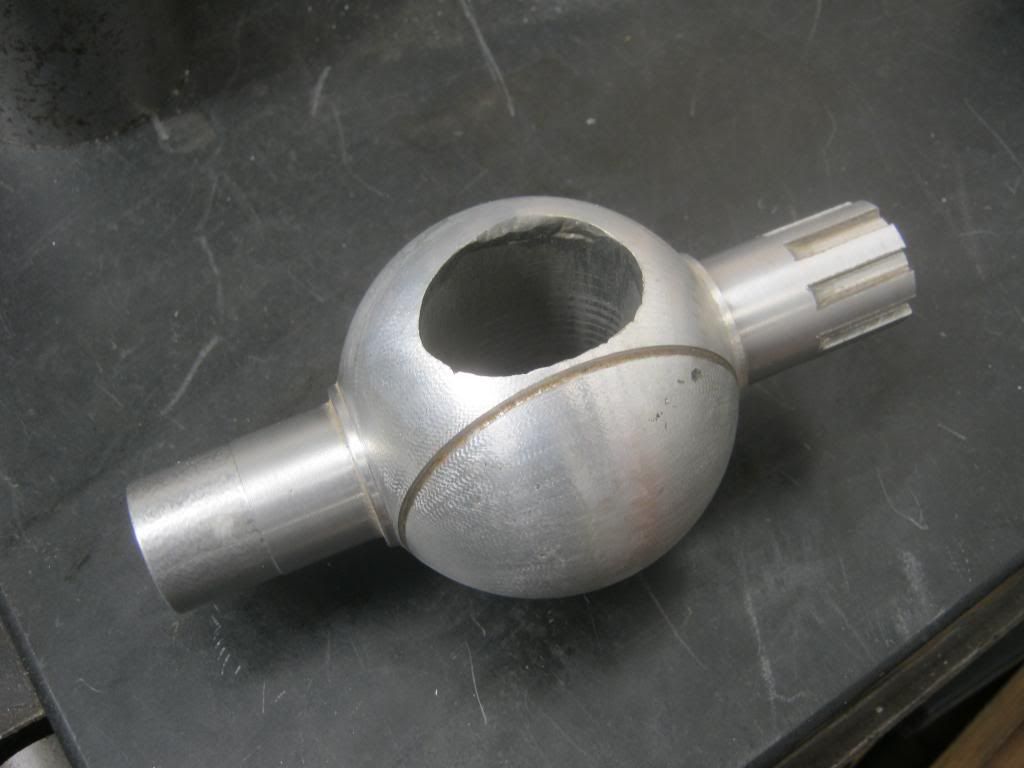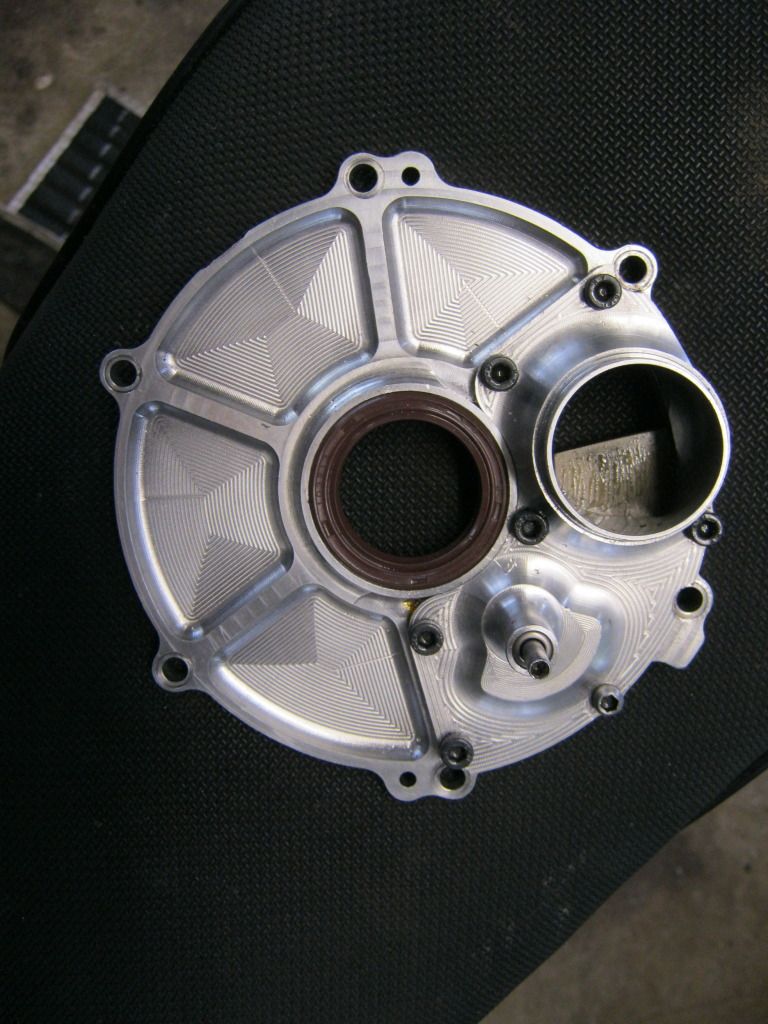Here we go...
Jan Thiel, p44 Pit Lane RSA125 thread...
"The exhaust port had a radius at the top, but this was more for the flow and not to avoid ring clipping.
We never had problems with the piston rings, the central exhaust port was not so wide."
When i read this i though that a normal curved port roof doesnt really do much extra for flow, its more about controlling the exhaust pulses and saving rings, so to me it made sense that he could be talking about a horzintal radius which would definitely have a big impact on flow.
Frits Overmars, p47 Pit Lane RSA125thread...
"Exhaust 202°, A-transfers 130°, B- and C-transfers 132°."
fpayart, p7 Pit Lane RSA125 thread Part 2...
Q: Will you tell us the final width and height of the RSA exhaust exit? (after some conversation regarding port widths)
A: The sizes are 39.5 width x 27.5 height (without the radius).
Now I can imagine your next request
The opening time is 196 ° measured without taking into account the radius.
To me this last bit sealed the deal... why would he give a height or a duration to the lower point on a normal curved roof radius (ie. the height to some point near the far side of the port roof)... he wouldnt, it doesnt make sense... i think think this adds further weight to the fact that its a horizontal radius blending inwards into the exhaust duct. This would explain the difference in durations listed by people who definitely know this engine. I guess the way the port acts is somewhere between the two durations, most likely determined by the exact dimensions or construction of the radius...
Also there is this...
Havent really read the detail but the pics reflect what i found on the RM250...
http://www.google.com/patents?id=iks...page&q&f=false




 Reply With Quote
Reply With Quote



 .
.
 [/IMG]
[/IMG]


Bookmarks